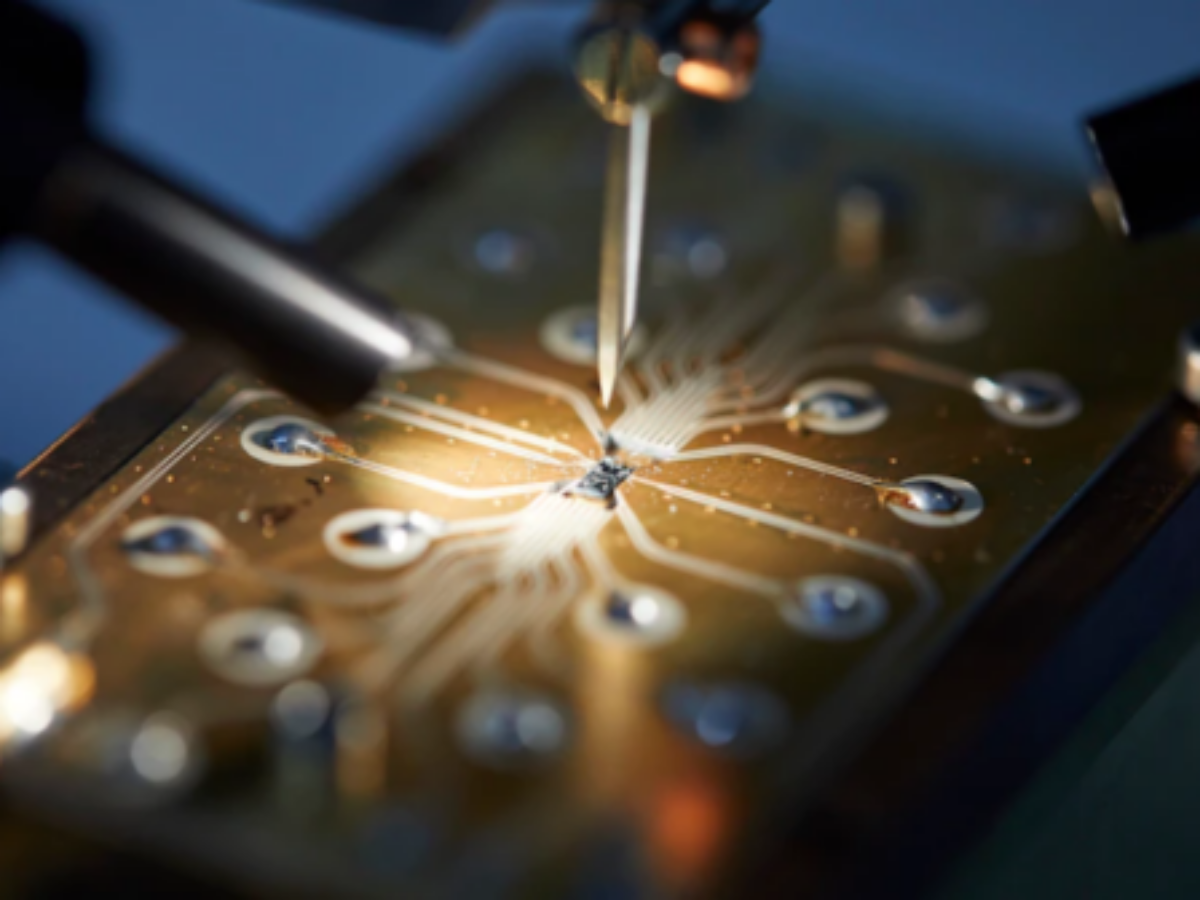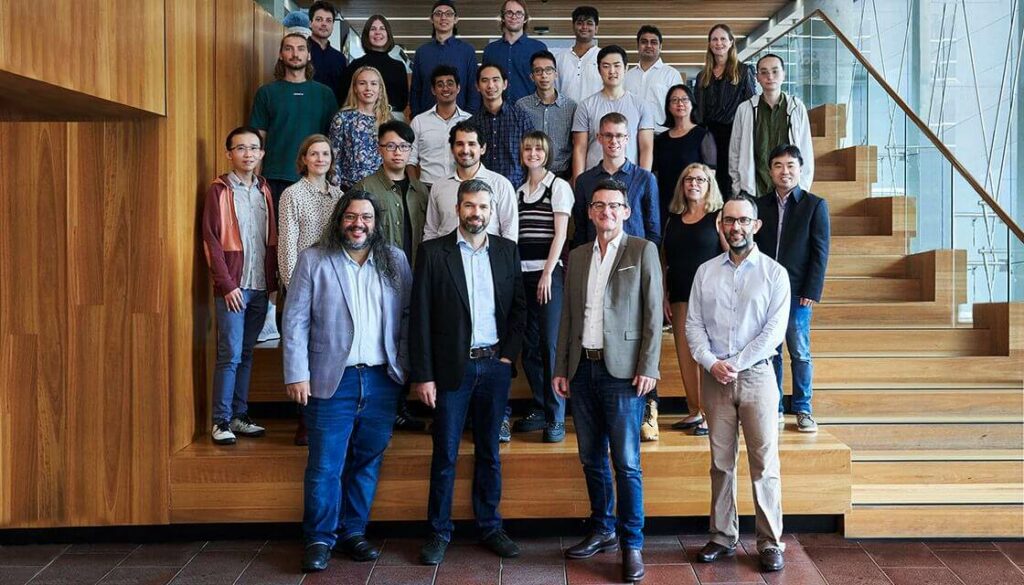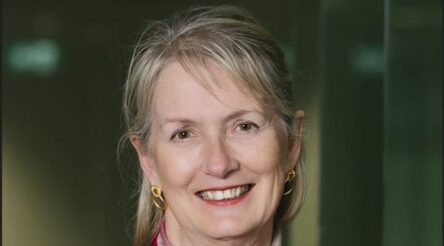Australia’s place in the semiconductor world: Silicon is quantum, quantum is silicon, and Australia might finally have an edge

Beginning the second week of our editorial series, Australia’s place in the semiconductor world, Dr Andre Saraiva looks at Australia’s heritage in quantum computing, and suggests that the nation could turn a chip crisis into a quantum opportunity.
A stone’s throw away from Bondi and Coogee, silicon-based quantum computing was invented. This was 1998, and its inventor, Bruce Kane, was a postdoctoral researcher at the University of New South Wales. Surrounded by visionary scientists and engineers, Dr Kane’s idea flourished down under. Now, 24 years later, Sydney is a world capital of quantum, and silicon qubits are the poster child.
The burst of quantum technology ventures around the world is coinciding with a global sudden realisation that chip manufacturing is a key sovereignty issue and fostering a competitive local semiconductor industry in a globalised world is no easy task. The question I would like to address here is “how do these two aspects of our historical moment interact together?”, or more precisely “how could Australia turn a chip crisis into a quantum opportunity?”.
Silicon is quantum
Consumer electronics grabs all the headlines, so it is easy to mistake transistor miniaturisation for competitiveness. I have heard countless times the question about how can Australia be competitive with the Tier 1 foundries of the world, with their costly and technically challenging advanced fabrication nodes. This might not be the best angle for Aussies to kickstart their semiconductor ambitions. A surprisingly easier starting point may be in quantum technologies.
As it turns out, transistor technology has been colliding against quantum effects for a long time. At the scale of tens of nanometres, semiconductor devices start to reveal quantum effects such as Coulomb blockade, energy quantisation and quantum tunnelling. These effects are generally detrimental for classical MOSFET technology, but they are the tools used by engineers to build quantum technologies.
This means that quantum effects can be harnessed even at the less advanced fabrication nodes that are currently used for analog and power applications. Moreover, quantum technologies often require new ways to interconnect the quantum systems with a classical electronics chip for processing information with low latency (a quantum version of system-in-package solutions), which can be fabricated without breaking the bank.
Quantum is silicon
Back in 1998 the world was witnessing Intel’s Pentium II racing against AMD’s K6-2, both fabricated using technology nodes 0.25 micrometres or larger. At that stage, imagining silicon would ever be a competitive technology for quantum computing was a stretch. The only successful demonstrations of quantum states happened in systems known to be dominated by quantum effects, such as atoms or superconducting circuits.
 Australia, however, played the long game. It took 14 years for the first spin qubits to be fabricated and measured by implanting individual atoms into silicon. Two years later, the same was accomplished with quantum dots using CMOS fabrication rules. Now, quantum processors with a few qubits are routinely fabricated at the Australian National Fabrication Facility, and they rank among the best performing qubits in the world.
Australia, however, played the long game. It took 14 years for the first spin qubits to be fabricated and measured by implanting individual atoms into silicon. Two years later, the same was accomplished with quantum dots using CMOS fabrication rules. Now, quantum processors with a few qubits are routinely fabricated at the Australian National Fabrication Facility, and they rank among the best performing qubits in the world.
And the winds have now changed in favour of this Aussie bet. Going from a handful of qubits fabricated in academic environments to world-changing quantum processors requires upping the yield and complexity of these devices to levels that only CMOS foundries have managed in human history. This means that quantum technology companies around the world are left rushing to retrofit their blueprints to be fabricable using CMOS processes, while silicon-based qubits are ready to roll.
Australia might have an edge
Coming back to our original question: could quantum end up being Australia’s entry point to the global semiconductor market?
With the worldwide chip shortage, quantum computing companies are paying top dollar to be able to access foundry services and compete with industries such as consumer electronics and automotive. An estimated 1 billion dollars yearly is being invested through venture capital into these start-ups, and a large portion of it gets funnelled into fabrication costs. This number is predicted to go up significantly in the next few years, and it doesn’t even include the internal investments from the biggest players, such as Google, IBM, Microsoft and Intel, which are all keeping secret the size of their quantum effort.
Australia, having been an authority in the field, could position itself as the destination for quantum foundry services. While the addressable market at the moment might not seem much compared to other semiconductor technologies, Australia is uniquely positioned to grab hold of it and surf its growth years into the future.
Dr Andre Saraiva is Head of Solid State Theory at Diraq. Saraiva is a solid state physicist, interested in the electronic structure theory of semiconductor devices used for quantum computing with spins, as well as general theoretical questions about quantum processor control, scalability and noise processes.
Pictures: supplied
@AuManufacturing![]() and AUS-Semiconductor-Community’s editorial series, Australia’s place in the semiconductor world, is brought to you with the support of ANFF.
and AUS-Semiconductor-Community’s editorial series, Australia’s place in the semiconductor world, is brought to you with the support of ANFF.
@aumanufacturing Sections
Analysis and Commentary Awards Defence Manufacturing News Podcast Technology Videos










